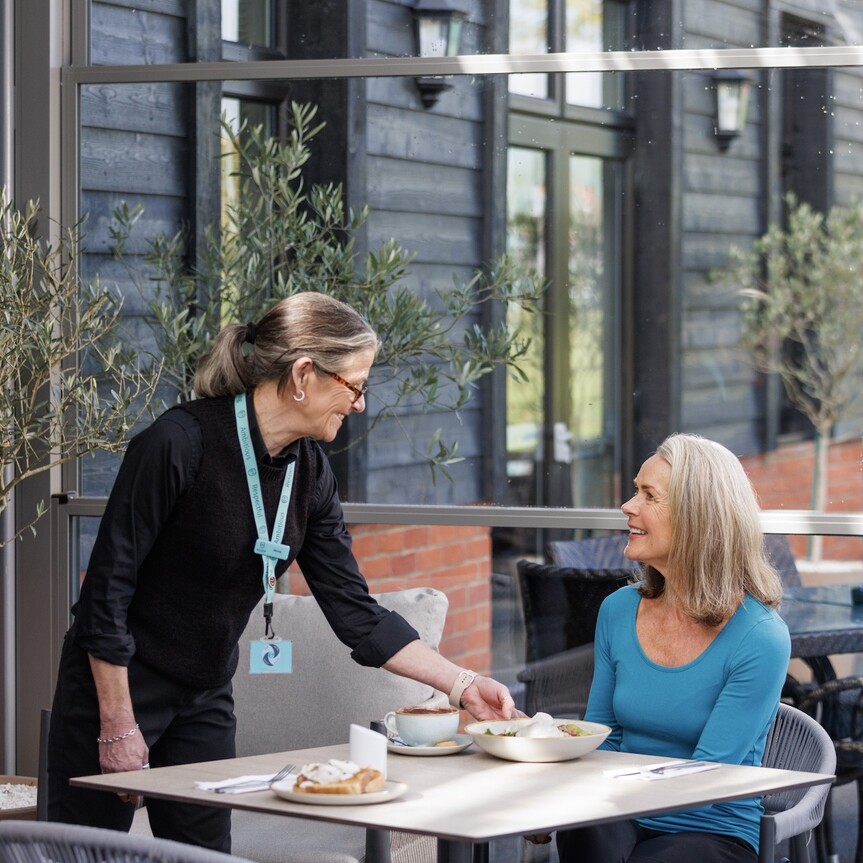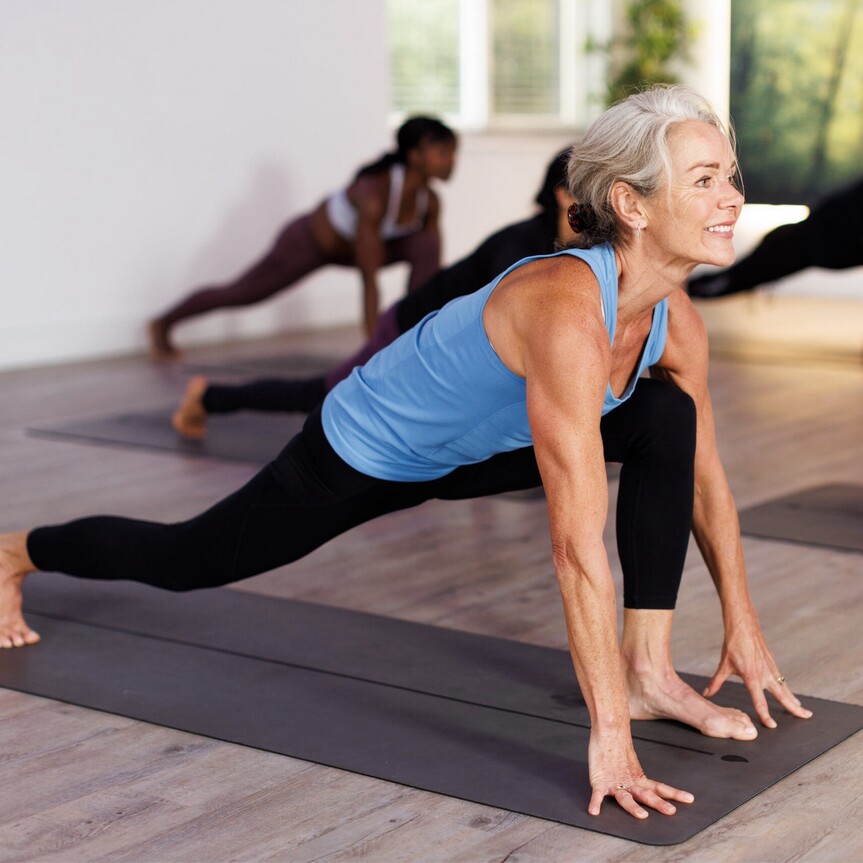The New Rules of the Fitness Game
After menopause, your body settles into a new hormonal balance. Whilst this brings some welcome stability, it also means your muscle mass and bone density will decline without the protective effects of oestrogen. But it’s not a done deal. Armed with knowledge, you can make proactive choices about how to eat and exercise for strength, health, and energy.

Strength Training as an Insurance Policy
Whilst strength training does build muscle, this isn’t the only reason to do it. Strength training also protects bone density, helps you move better, maintains metabolic health, and gives you confidence in what your body can do.
It’s never too late to start, and you'll see improvements quickly. Strength training doesn’t have to mean free weights or gym machines (although we encourage you to try – you may be surprised by how much you love it!) It can also mean functional movements, bodyweight training, resistance bands, kettlebells and much more.
Our gyms have everything you need to get started, from user-friendly resistance machines to free weights and functional training areas, all with the friendly support of our personal trainers.

The Best Nutrition for Post-Menopause Strength
After menopause, your body becomes less efficient at using protein to build and maintain muscle. You need more protein than you might imagine, and you need it consistently throughout the day.
This doesn’t mean eating like a bodybuilder, but you should be conscious of the protein in what you eat. Aim for 25-30g of high-quality protein at each meal. This looks like a fist-sized serving of fish or meat, a 3-egg omelette with a bit of cheese, or a bowl of Greek yoghurt. It shouldn’t be complicated, and there’s no need to force down foods you don’t enjoy. It’s just about making protein more of a priority.
How Much Exercise After Menopause
You may need more recovery from training now, so smart programming is key. You don't need to train every day. What’s more important is generally staying active, and being consistent. Aim for 2-3 strength training sessions a week, walking or being active every day, and enough cardio to get your heart pumping a couple of times a week.
If you’re used to a more intense or high-volume training load, carry on! Just listen to your body and be prepared to adapt your routine (just as you’ve done throughout your life).
Your local club is the perfect place to do it all. A swim or an exercise class for cardio, a gym session for strength, or a walk around the grounds for active recovery. And don’t forget our spa facilities which can ease muscle soreness and support better sleep.

Bone Health and Balance in your Fitness Routine
After menopause, balance and coordination can decline, but you can combat this with functional training and balance movements. Single-legged strength exercises, yoga movements, and even standing on one leg to stretch can all help. Many of our group classes incorporate balance challenges so you can work on this element of fitness without it feeling like a chore.
Weight-bearing exercise and resistance training are the best medicine for maintaining bone density. Combined with enough protein, calcium, and vitamin D, exercise can improve your muscles and bones even years after menopause.
Post-Menopause Support at The Club Company
For women of our generation, menopause isn't an inevitable decline. It’s a time to be empowered with the knowledge and tools to get strong, healthy, and energised for the active years ahead.
This October, our Let's Talk Menopause events include strength training and exercise sessions for post-menopausal women. Find out what’s on at your club and come along.
